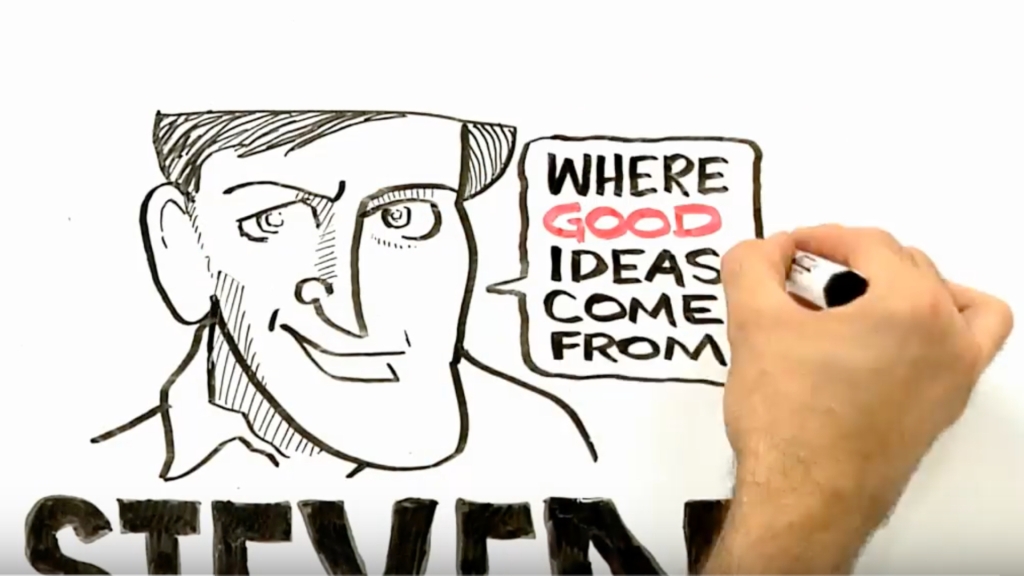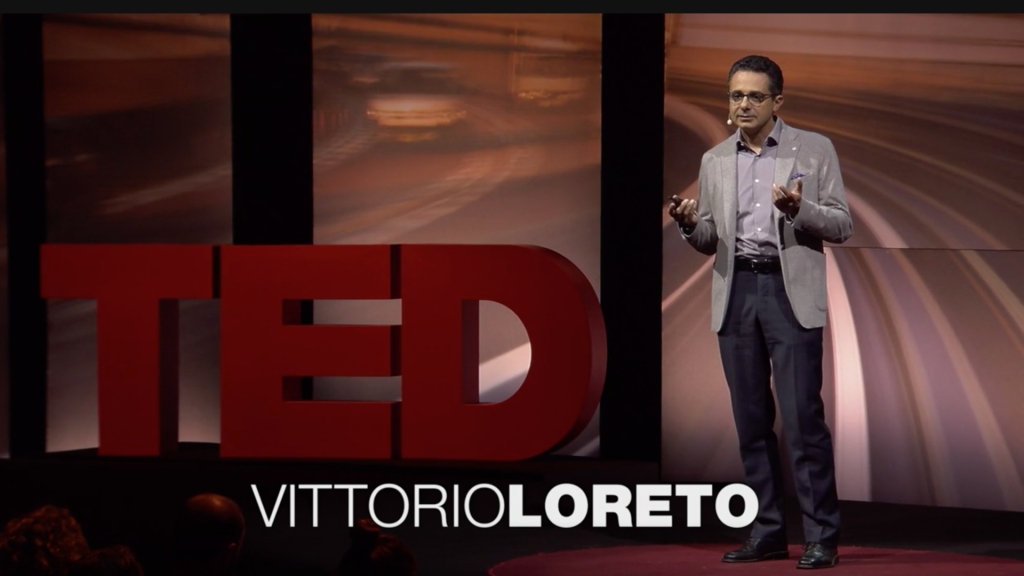Innovation deepens our knowledge and understanding of the world, it extends our reach and access to resources. More importantly, innovation expands the realm of what we can do with all our knowledge and resources: deliver new goods and products, bring forward new types of organisations and services, and in more general terms develop new ideas and concepts.
Now, expanding any realm always requires leaving its current boundaries in order to explore ‘the possibilities out there‘. But rather than chasing the most extreme or distant possibilities, successful exploration focuses on the immediate vicinity of the current boundaries: Expansion can then occur by naturally ingesting nearby possibilities, by a short stretch of the realm’s new boundaries. Therefore, the adjacent possible is the target of successful exploration and expansion.
Innovation is no exception from that general observation. To expand the realm of what we can do, innovation explores the wellspring of novelty in the adjacent possible. This concept of the adjacent possible could therefore help us frame our evolving understanding of innovation and gain new insights. Two pathfinders show us the way:
Science author Steven Johnson took a general approach when he looked for the types of environment or circumstances that stimulate innovation. In Where Good Ideas Come From: The Natural History of Innovation, he identified several recurrent patterns that promote innovative activity: the adjacent possible is the first on his list.
Complexity researcher Vittorio Loreto focused directly on the adjacent possible and its role in innovation: Need a new idea? Start at the edge of what is known! What is more, he developed a mathematical model that accurately reproduces how novelty and innovation emerge in biological and technological evolution.
The concept of the adjacent possible originates from Stuart Kauffman and his work on biological evolution. Kauffman was particularly interested in the origins of order and the mechanisms that drive self-organization. His findings are broadly applicable to any complex adaptive system, be it natural like the biosphere, or human-made like cities, the economy, or technology. Kaufman investigates how the actual expands into the adjacent possible. The actual describes the system under investigation in its current state, with all its components and interconnections. The adjacent possible contains all the elements outside but near that system; those represent the opportunities for the current system to expand by building new connections and turning those elements into system components.
Now let’s apply this abstract notion to technology and innovation. And let’s take today’s ‘technosphere’ as the actual, comprising all the tools and technologies we use in modern-day societies, together with the knowledge, concepts, facts and ideas required to devise, build, operate, and maintain them. Right outside that ‘technosphere’, in its adjacent possible, you’ll find the space for innovation, for combining known technologies in novel ways, and for developing and implementing novel problem-solutions that yield novel technologies.
The adjacent possible therefore provides a powerful framework to structure a further investigation of innovation. As innovation depends upon the successful exploration of the adjacent possible, we can articulate additional guiding questions: What can we do to facilitate and accelerate that exploration? What is the role of useful knowledge? How could we improve the functional design of the innovation supply chain? And how does technology itself affect our innovative endeavours? I touched upon the latter question already a while ago, and I’ll return to it more systematically in an upcoming post.


2 thoughts on “Exploring the adjacent possible – The origin of good ideas”